|
The legend of the Trojan War is recounted in Homer’s Iliad – a revered text, arguably the crux of classical literature and foundational to the history of Western civilization. In that previous sentence, you might notice two words that sit somewhat at odds: history and legend. Most of us are familiar with at least the kernel of the legend: Prince Paris of Troy abducts Helen, Queen of Sparta. Incensed, the Greeks under the leadership of Agamemnon of Mycenae, gather a giant army, land at Troy and besiege King Priam’s city for ten years. After the death of the Trojan hero, Prince Hektor, the city finally falls thanks to the trickery of Odysseus and his Trojan Horse. Yet how much of the narrative can we confidently align with or attribute to history? Perhaps more than you might think... Firstly, Troy was a very real city. For a long time we had only the oral tradition of the Iliad to ‘prove’ the existence of a Bronze Age city called Troy. In the 19th century, Heinrich Schliemann directed digs at the mound of Hisarlik (near the Aegean coast of northwestern Anatolia) to investigate the theory that the mound was the site of ancient Troy. His archaeological findings tantalised, but proved inconclusive. There was nothing to definitively identify the site as the Troy of legend. However, in the same era, the French archaeologist-adventurer Charles Texier was roving across central Anatolia in search of the Roman city of Tavium. In fact, he instead stumbled across mysterious ruins in the high, rugged lands east of Ankara – ruins that were not Roman or Greek... but much, much older. He had found the city of Hattusa, the ancient capital of the Hittite Empire – a great power contemporaneous with Bronze Age Troy and one forgotten by history for thousands of years. The Hattusa excavations began soon after, and in the early 20th century, the historian-archaeologist Hugo Winckler unearthed a huge cache of some 30,000 clay tablets, etched with cuneiform writing. After years of trying, it was Archibald Sayce and Bedrich Hrozny who finally deciphered these Hittite texts. Lo and behold, these spoke of a vassal city – allied and bound to the Hittite throne – known to the Hittites as Taruisa. More, it transpired that this Taruisa was the major settlement in a region called Wilusa. This was striking because, in the world of Homer’s Greeks, Troy was known as Troia, and the region as Ilios. It doesn’t take a philologist to spot the similarity in the names. Take the Greek region name ‘Ilios’, add the Hittite-style ‘w’ prefix and ‘sa’ (pronounced 'sha') suffix and the similarity is clear. Equally, if you add the ‘sa’ suffix alone to Troia, the match is there. Even better, further studies of the Hittite tablets began to indicate strongly that this Taruisa lay smack bang in the region of northwestern Turkey where Schliemann had been digging. In other words we had our first historical attestation of Troy. Secondly, there was a war over Troy in the Late Bronze Age.
Thirdly, the Trojan War might well have happened around 1260 BC. While the war has been ‘dated’ to various decades around the end of the Bronze Age, with estimates spanning 1280-1180 BC, I believe that the war from which the legend derives occurred in the earlier part of that range. My rationale is threefold:
Fourthly, Troy was not a 'Greek' style city. Priam's capital has been depicted in countless works of art, film and literature as a golden city of palaces and orchards, and most often Aegean Greek or even anachronistically classical in style & culture. This is understandable given that the The Iliad is told from a Greek perspective, and was rewritten time and again in the much later classical period. Historically, the city of Troy was almost certainly a cosmopolitan hub – a Singapore of the Bronze Age, a crossroads between east, west, north and south. The city’s markets and in particular her trade ports would have been constantly clogged with merchants – from Mycenae, Egypt, Babylon… even tin traders from distant Britain! Underneath this current of passing trade, I believe that the people of Troy were more likely to have been culturally Anatolian than Greek. Why? The practices detailed in The Iliad – such as Hektor’s funeral ritual with first a pyre then the cleaning and burial of his bones, plus his brother Deiphobus’ immediate marriage to the widowed Helen – are very strikingly Anatolian and specifically Hittite customs. Supporting this angle is the one and only writing find from Troy - a seal, marked not with Linear B Greek language, but with Luwian (Hittite) heiroglyphs. The army of Troy was another thing which would have distinguished the Trojans from their attackers. Agamemnon’s forces – from the mountainous regions of Greece – appear to have been largely composed of spear and sword infantry with a small number of elite royal chariots. In contrast, the Trojan military would have been trained on the sweeping plains of Anatolia – perfect country for archery and horse breeding – and would have comprised more of both bowmen and chariots. Walking in Homer's Footsteps It was with the above historical foundation that I set out to write my story of the Trojan War 'The Shadow of Troy' I assumed I'd fly through the story, what with so much drama and detail to draw upon. But it wasn't as easy as I'd hoped! My first draft turned out to be something of a slavish regurgitation of The Iliad. The Gods weren't present, but almost everything else was: every cut to the hand, every turn of weather and all the most famous poetic lines were in there. So… I tore it up and started again. My goal, you see, was never to simply recount the tale that Homer had already told so well. I wanted to get under the skin of the legend, to understand how things might have been in the pauses between the verses of The Iliad... to match up the poetry against the historicity of the excavated tablets and finds. I thus opted to omit and truncate many events and minor characters in order for The Shadow of Troy to be the story I wanted it to be. This allowed me great freedom to write about the grimier, guerrilla-style military necessities which surely must have accompanied the heroic one-on-one duels, to portray more plausibly the likely numbers of troops on each side, and to examine the primal trauma such a brutal war must have caused the individuals involved - the painting ‘Ulysses and the sirens’ by Herbert Draper, captures this theme with haunting perfection. 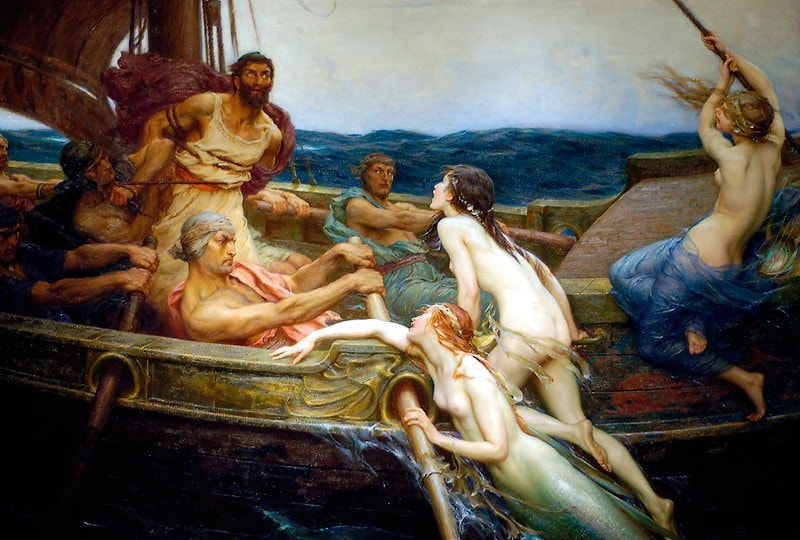 'Ulysses and the Sirens' by Herbert Draper. In it we see Odysseus on the way home from the Trojan War. He has tied himself to the ship's mast so that he will not be lured into the waves by the Sirens. But all is not as it seems. Just look at the torment wrought across the hero's face, the eyes glazed with madness. Is it really the Sirens who are driving him from his wits... or is it memories of the war just gone, of things seen and deeds done? In 'The Shadow of Troy' I also:
The Shadow of Troy is my take on the Trojan War. Regardless of how you choose to interpret the legendary story – as a poetic symbol or as a historical record – the outcome of the tale is a sorry one: the Trojans lost everything; King Priam’s line was wiped out and his city was never the same again. Worse, the conquering armies soon discovered that their victory was fleeting, for their realm across the sea quickly fell into the dust of history too. One theory is that they were consumed by a storm of change. But that is another story...
9 Comments
Jim oliver
10/7/2021 02:19:36 am
Hi Gordon,
Reply
Gordon Doherty
10/7/2021 02:41:38 am
Hi Jim,
Reply
Jim
10/7/2021 11:22:38 am
Have always been fascinated by the story of Troy. Just purchased Shadow of Troy (already have the previous 4 books) and am eagerly looking forward to a good read tonight!
Reply
Gordon Doherty
10/11/2021 02:35:28 am
Thanks Jim - hope you enjoy! :)
Reply
Nicko Ellis
11/4/2021 04:23:12 am
Trojans were Greeks.Their names were Greek.Their Gods were Greek.They spoke Greek.Some of Danae and Trojan leaders were... relatives.But I believe you know that already....They didn't call themselves Greeks ,back in those times.It wasn't Greek and Trojans but Danae and Trojans.Greek tribes both....And this conflict mus t have been placed 3.000 bc.They were all Giants at those times!
Reply
Gordon Doherty
11/5/2021 01:28:46 pm
Hi Nick,
Reply
Paul Murray
12/11/2022 06:19:04 pm
This looks like a text I will enjoy. I am writing on the connection between Achaeans and Hittites myself, which has long fascinated me (particularly references to the Ahhiyawa in Hittite texts) ever since studying for a Classics degree back in the 90s. I am also in agreement with your dating. I'll let you know when I have had a chance to read your book. Paul
Reply
Gordon Doherty
4/8/2023 06:11:43 am
Thank you Paul - I'd be interested in reading your conclusions!
Reply
Leave a Reply. |
AuthorGordon Doherty: writer, history fan, explorer. My Latest BookArchives
March 2023
Categories |
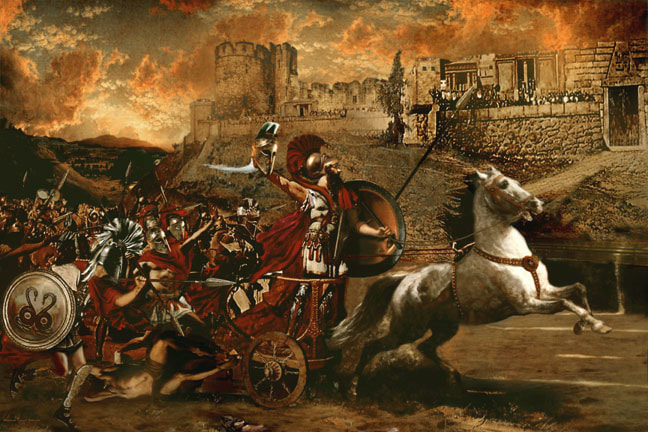

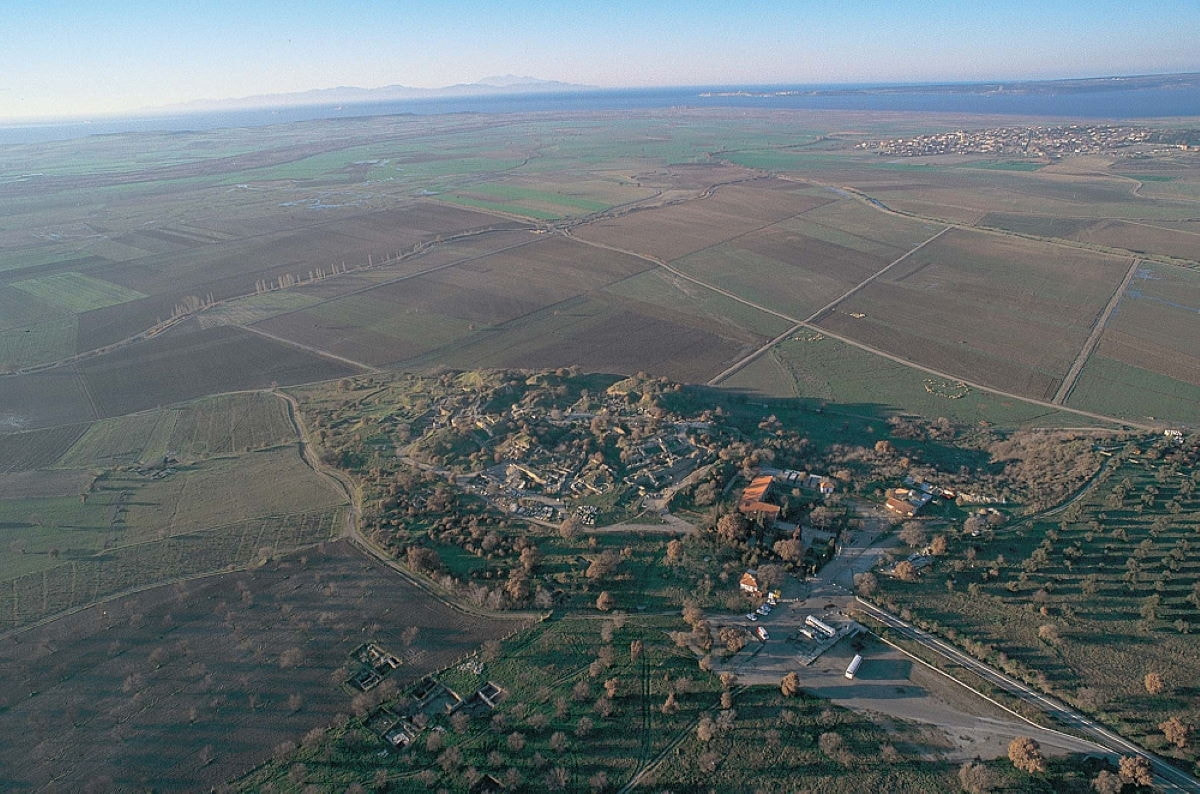
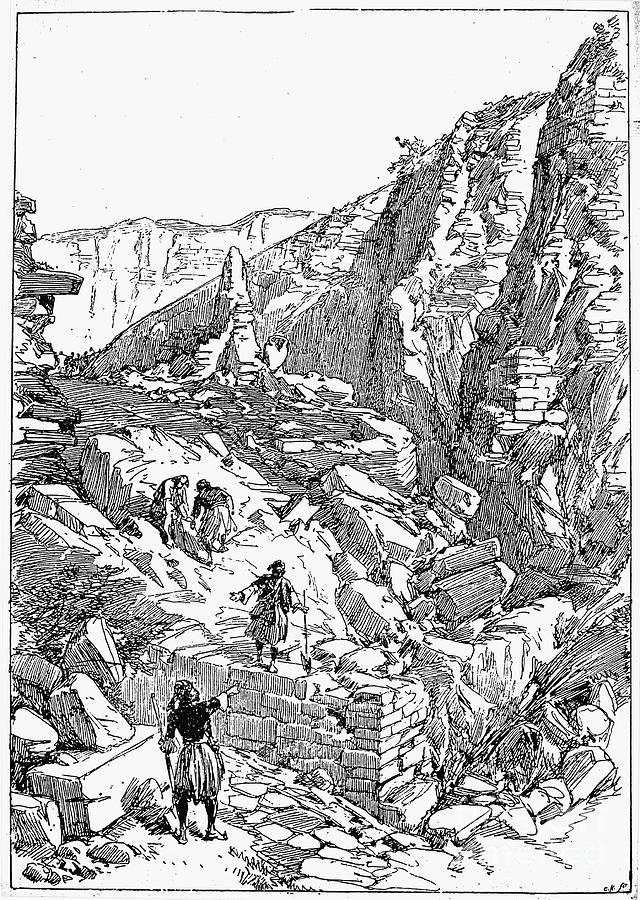
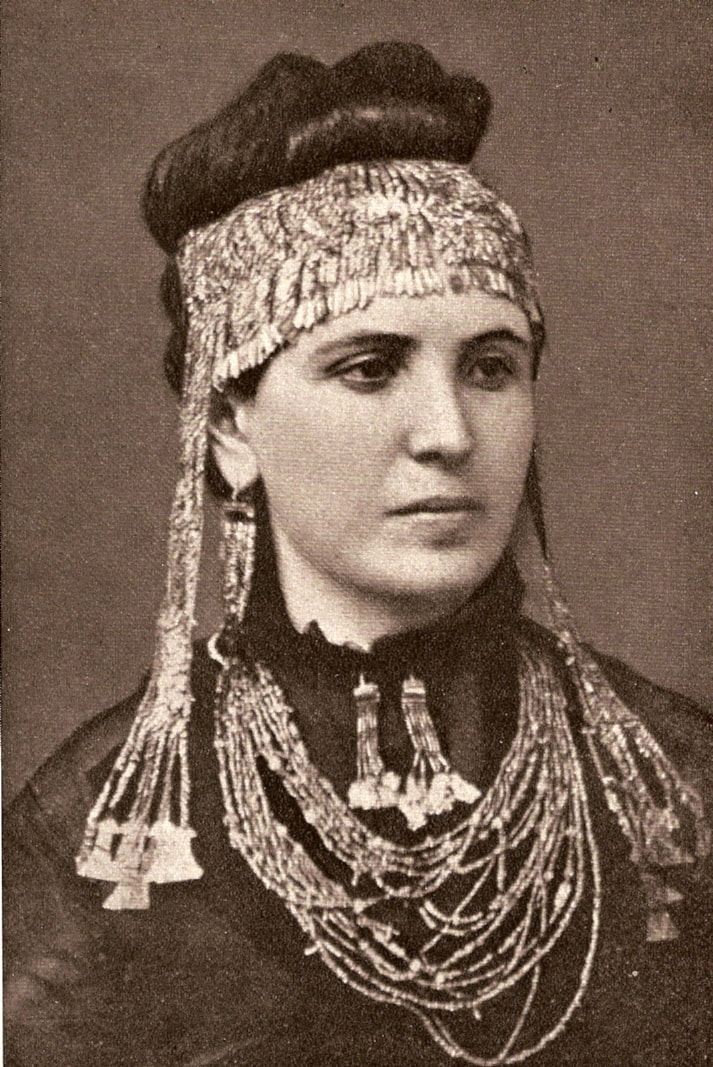
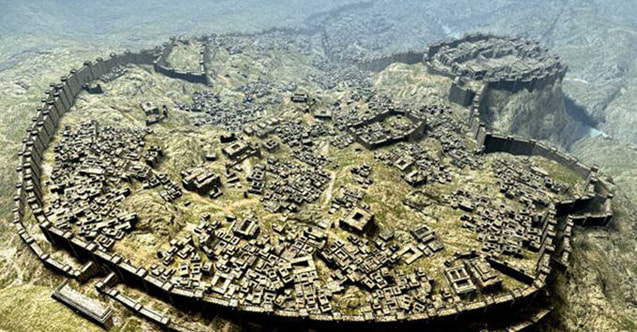


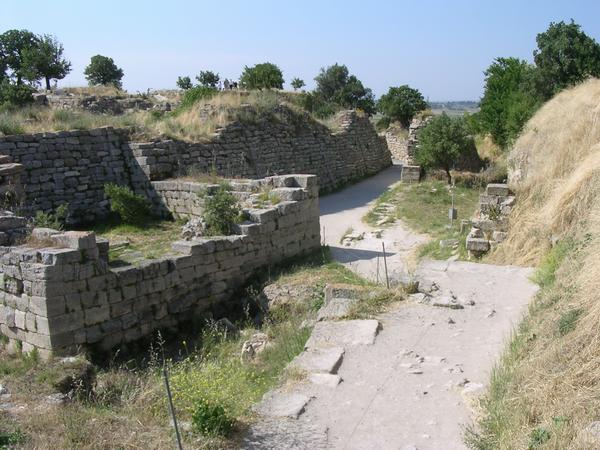
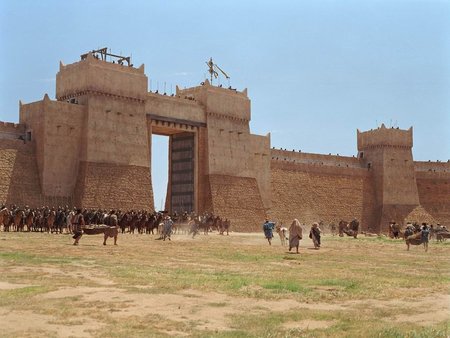
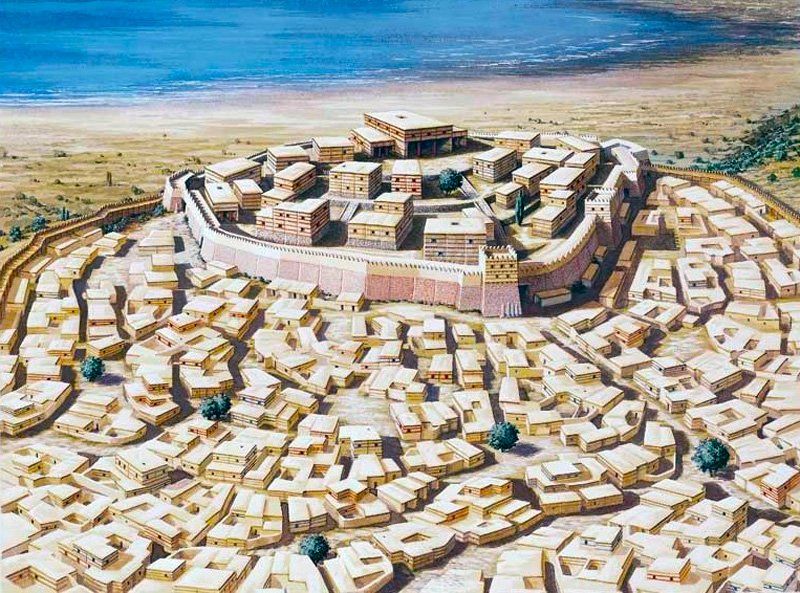

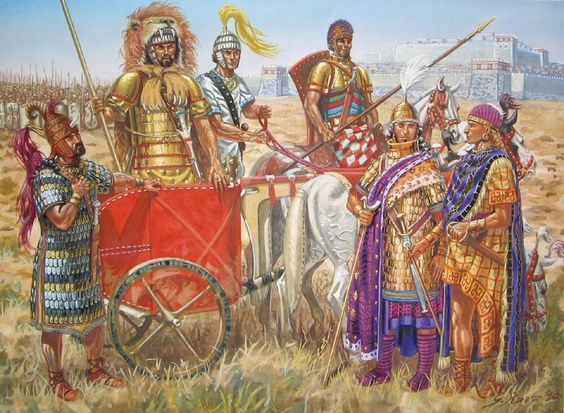
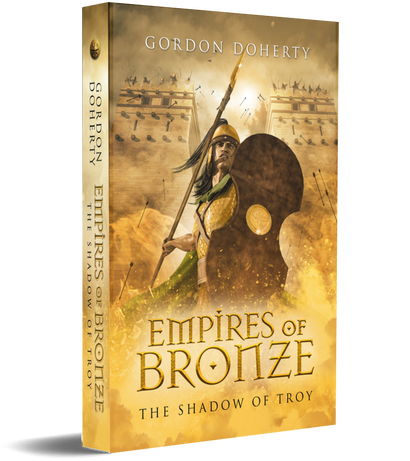
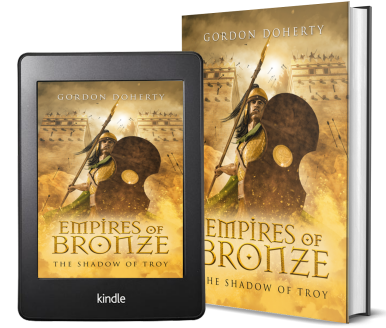

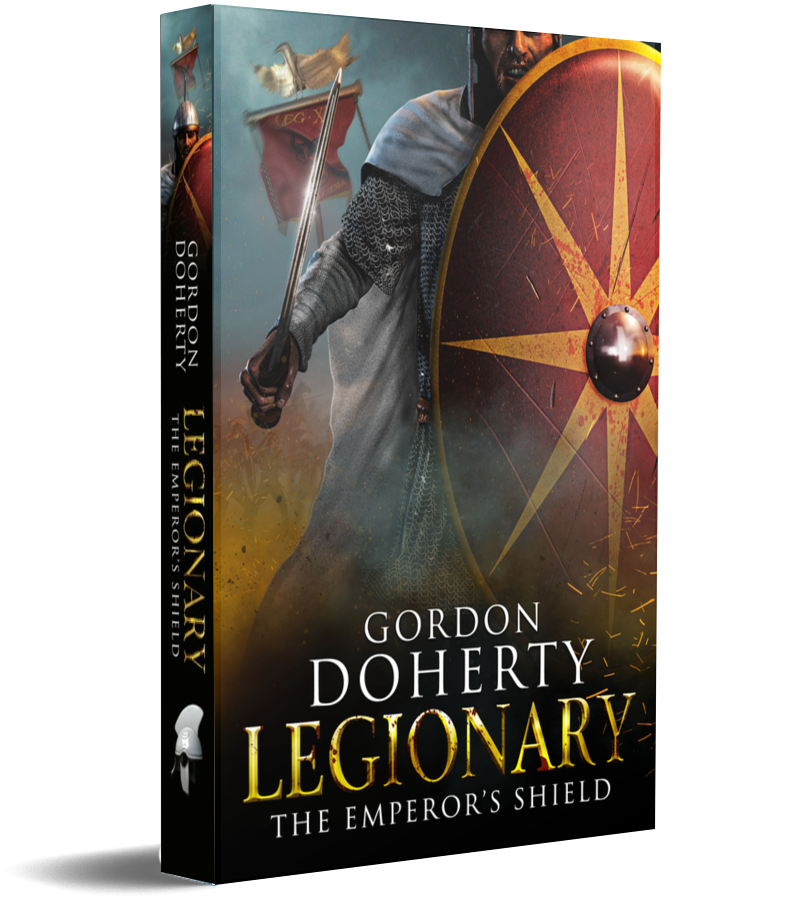
 RSS Feed
RSS Feed